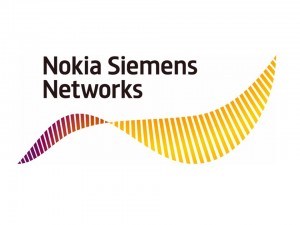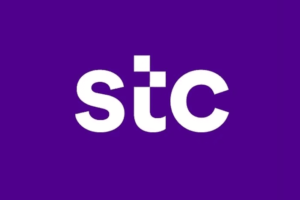 Nokia Siemens Networks (NSN) recently introduced in the Philippines a latest solution that would help local telecom providers to ease congestion within their network with the growing demand for internet usages.
Nokia Siemens Networks (NSN) recently introduced in the Philippines a latest solution that would help local telecom providers to ease congestion within their network with the growing demand for internet usages.
The unexpected growth in demand for internet usage especially among Smartphone users, brought about by the popularity of social networking sites and radical evolution of new applications utilizing the internet, has caused downtime and often failure of mobile phone users to connect to the internet.
Through NSN’s latest solution, called liquid net approach, telecom firms’ problems like providing connection to places they are most needed specially during peak hours will soon be addressed.
Liquid net has self-aware and self-adapting software were it can redirect the bandwidth were it is much needed.
Also, the liquid net provides for inter-lined architecture and is very evolutionary, NSN said.
In a press briefing, Bryan Bayama, NSN country director, said that the benefits of liquid net include higher revenue potential of more than 50 percent.
“The network can immediately follow where the demand is heavy. There is reduced risk of churn of 25 percent of high end smart phone users,” Bayama said.
For the telcos, the liquid net can unleash up to 80 percent of unused baseband capacity and up to 65 percent of capacity gain in the cell, high operational expenditure savings in the core with up to 80 percent footprint reduction in the core and up to 65 percent lower energy consumption and up to 60 percent savings in transport network.
He added that smart phone applications left “always on” for internet mails, social networking and other sites result to connectivity issues.
“More often than not, leaving these applications always on—for instant updates—tend to deny access or interrupted connections to other smart phone users who have paid for the service,” said
In addition, certain areas like central business district, malls and schools often experience “peak loads” during the day, where connectivity problems occur.
This demand shifts to residential at night time, which again the telcos must be able to address in real time.
Internet connectivity issues are not exclusive to the Philippines.
In fact, at the Mobile World Congress in Barcelona where NSN launched its newer data solutions and applications last February, it was noted that “always on” applications on “keep alive” messages cause terminal state changes, for which the phone has to exchange signaling messages with the core network.
Often, those that have paid a premium for their internet connections, mostly post paid subscribers of telcos, end up frustrated about paying so much and not being able to succeed with their chat, calls, messaging or data download, games, movies or access to networking sites.
Smart devices send 8 times more signaling than laptops, it was reported in the Barcelona launch.
Providers of global voice over internet protocol (VoIP) services invest 5 times more for data than for voice, but ironically the revenues from voice is 5 times more than data.
And with the number of newer VoIP providers, who give this service free to customers growing like Facebook and Google (aside from Skype), the connectivity must be enhanced to ensure that customers do not suffer from interrupted service.
The global mobile traffic forecast is expected to hit 43 exabytes by 2015 coming from mobile voice (16 kbps); mobile tablet, mobile laptops and mobile handheld. The 1 gigabyte per subscriber per day usage is “approaching faster than anticipated,” NSN said.
With the operation of the Network Labs of Nokia Siemens Network (NSN), opened last July 2011 by President Aquino, solutions to these recurring and worsening connectivity concerns are slowly being crafted and rolled out to operators like telcos, social networking sites and even hardware and software providers.
NSN is the first to implement this new real-time service-aware capability in radio infrastructure , as apart of the company’s Liquid Net based end to end intelligent Broadband Management.
Data consumption per subscriber is doubling every two years, and operators can now deal with these setting policies to tag data packages and enabling the radio access network to use these tags to prioritize different services within the same data connection.
May 7, 2025











